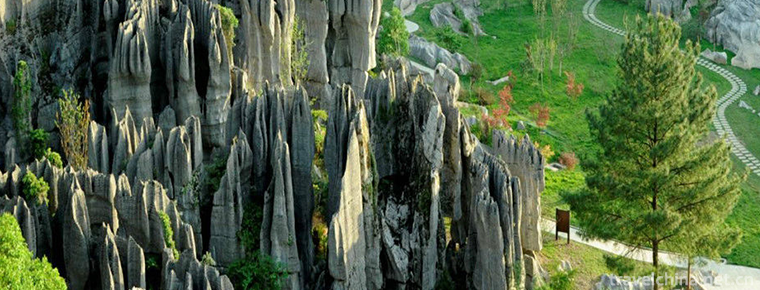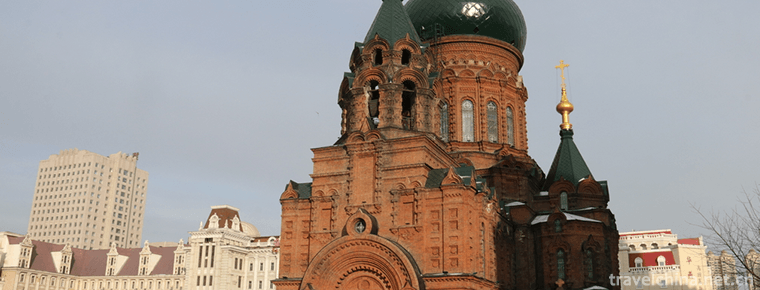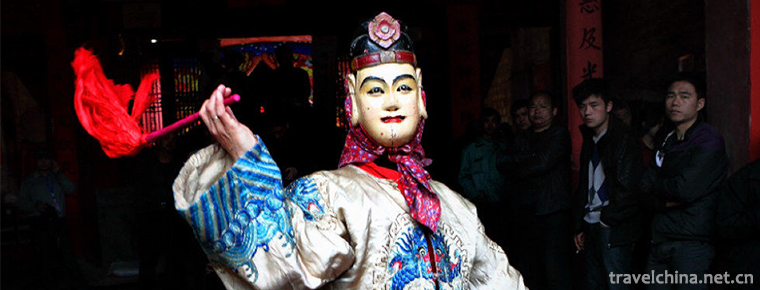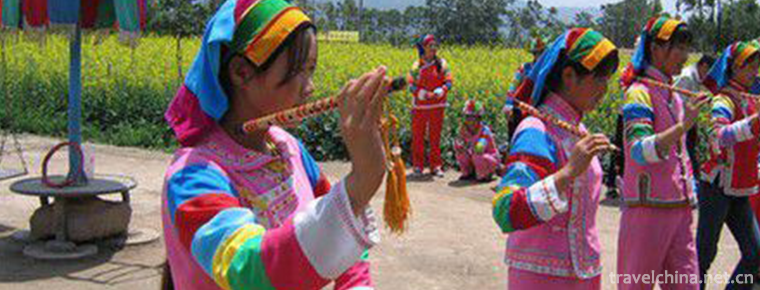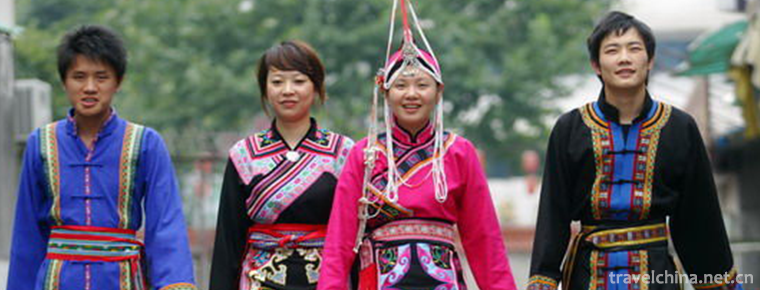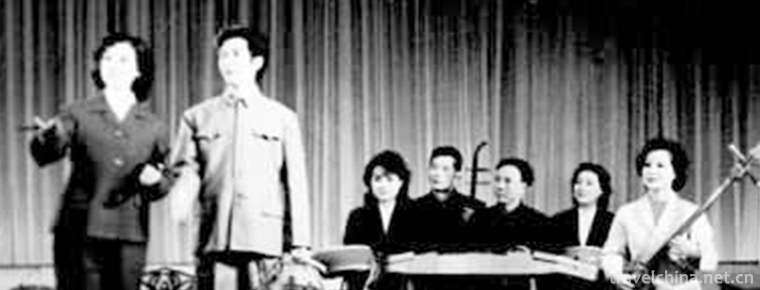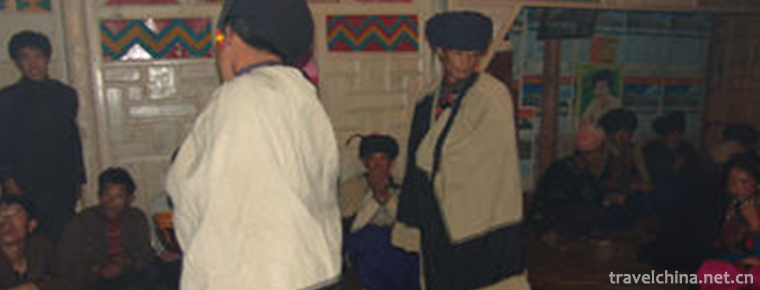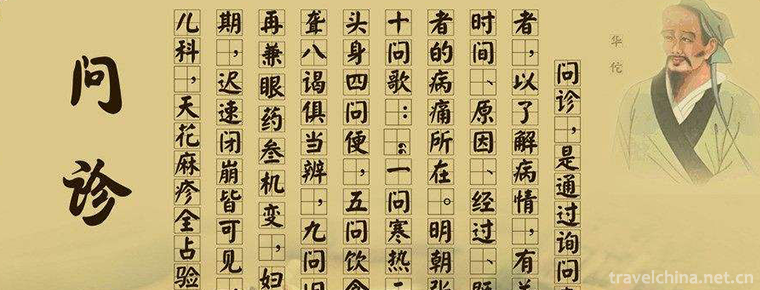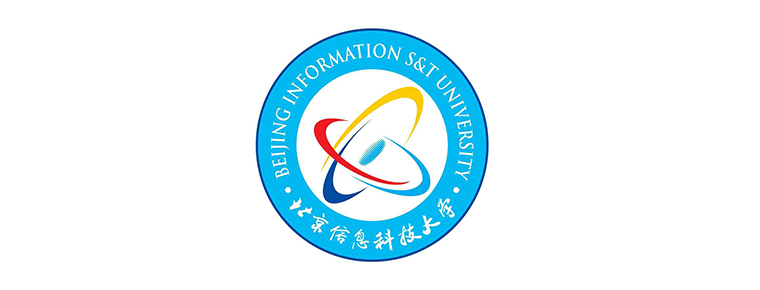Huizhou West Lake Scenic Spot
Huizhou West Lake scenic area is located in the central area of Huicheng in Guangdong Province, Southeast of Huizhou City, consisting of West Lake and the Red Lake, a total area of 20.91 square kilometers, the water area of 3.13 square kilometers.
Huizhou West Lake scenic area is a national scenic area to landscape features, to leisure and sightseeing attractions as the main function, Wuhu, eight six bridges, etc.. in May 17, 2002, the State Council approval of Huizhou West Lake for the fourth batch of national key scenic spots. January 2003, Huizhou West Lake scenic area was rated as 4A grade tourism area.
October 22, 2009, auspicious clouds guabang (Gao Bangshan), Yuta (Sizhou tower), West Lake Temple (Su Dongpo Park - trace, Zhu Feng Su) Xiaogan (Feng Zhuyuan), Avon books (Fenghu Academy), Dan Tsui (Dian Cuizhou) and other attractions have been selected as the "ten major scenic spots in Huizhou".
Historical evolution
1912, leaves for the Huizhou garrison, sent Secretary Li Chun Fang Junhu, West Lake and waterways to tongzhou.
In 1916, West Lake Bureau of bureau site manager, warehouse management and the main temple, West Lake District Landscaping work.
1917, change the composition of the board of directors, manager of West Lake Bureau of Management Committee for West Lake.
1 1931 16, and the establishment of the Huizhou Lake Management Bureau, under the two courses. In September 1931, the West Lake Administration for funding approval for abnormal Jiejue, West Lake management committee.
In 1937, the establishment of the West Lake management committee.
In 1956 the establishment of the West Lake management committee leadership team.
In April 1958, West Lake Management Committee to West Lake construction committee. Units under the garden management team, professional team of fish. Xihu District began to clean up the occupied farmland area of 230 acres, the determination of Wuhu water is 2500 acres (about 1.67 square kilometers).
1960 will be changed to the Huizhou Construction Committee Lake Town Lake Management committee.
In 1964 the town of Huizhou West Lake Management Committee of Huizhou City Council of West Lake.
1968 on the establishment of the West Lake Revolutionary Committee Management Office for half a year.
1969 years, the revocation of West Lake Management Office Revolutionary Committee, the establishment of Huizhou city construction engineering team two.
In 1971, the revocation of Huizhou city construction team second, the establishment of Huizhou City freshwater aquaculture Revolution Committee, under the management team, management team, fish fry three basic units.
In September 1972, returning to the city of Huizhou West Lake Management Committee, under the management team, management team, fish fry, and then increase the West Lake travel agency, nursery, quarry, green team and other basic units.
In March 1979 the establishment of Huizhou City Landscape Management Bureau, West Lake Management Committee also retains the name (i.e., two brands of a team).
In March 1982, revocation of Landscape Management Bureau and the West Lake Management Committee, the establishment of the West Lake Construction Committee of Huizhou city.
2 months to 1986 years, the revocation of West Lake Construction Committee, the establishment of Huizhou City Landscape Management Bureau, West Lake Scenic Area Management Bureau (two brands, a team) belongs to the Construction Committee of Huizhou city system.
In May 1988, the original Huiyang area to Huizhou city construction, Huizhou City, Huicheng district changed the original system, the garden of Huizhou City Management Bureau and West Lake Scenic Area Management Bureau under the jurisdiction of Huizhou city (which is the Deputy level system).
In May 17, 2002, the State Council approved the Huizhou West Lake for the fourth batch of national key scenic spots.
In January 2003, Huizhou West Lake scenic area was rated as 4A grade tourism area.
geographical environment
Location context
Huizhou West Lake Scenic Area is located in Huizhou Huicheng Central District, southeastern Guangdong Province, with a total area of 20.91 square kilometers, of which the water area is 3.13 square kilometers. The central position is between 114 19 40 - 114 24 00 in the east longitude and 23 02 40 - 23 06 35 in the North latitude.
Landforms
Huizhou West Lake Scenic Spot is a low hill and valley landform. The Honghualing Scenic Spot in the northwest is undulating, but the mountain is gentle, with an altitude of more than 50-80 meters. The highest peak is Gaobang Mountain with an altitude of 227 meters.
climate
Huizhou West Lake Scenic Spot belongs to the marine monsoon climate in the south subtropical zone, with an average temperature of 19.5 to 22.5 degrees Celsius and an average annual rainfall of 1731 millimeters.
natural resources
plant resources
Up to 2004, there were 8 phyla, 68 genera and 117 species of phytoplankton in the West Lake Scenic Spot of Huizhou, of which 76 species were chlorophyta, accounting for 64.95%, 12 species were diatomaceae, accounting for 10.26%, 11 species were cyanophyta, accounting for 9.40%, the remaining 9 species were gymnophyta, 6 species were dinoflagellates, and 1 species were chlorophyta, Xanthophyta and cryptophyta.
As of 2006, there are altogether 48 families and 127 species of woody plants in the West Lake Scenic Spot of Huizhou. Among them, gymnosperms such as Cycas Cycas and Argyrophytes have 6 families and 8 species, angiosperms such as Brassica oleracea, Michelia Michelia and Magnolia lotus have 42 families and 118 species, dicotyledon plants such as Chongyang wood, poinsettia and rose have 40 families and 103 species, pseudoareca nut, echinacea, coconut, palm bamboo There are 15 species of monocotyledons in 2 families.
Animal resources
Up to 2004, there were carp, crucian carp, tilapia, silver carp, mud carp, bighead and other fish and rotifers, copepods and Cladocera zooplankton in Huizhou West Lake Scenic Area.
By 2014, there were more than 30 species of birds in the West Lake Scenic Spot of Huizhou, including large egrets, small egrets, herons, cattle-backed egrets, kingfishers and long-tailed seaweed warblers, with a number of more than 10,000 birds. In addition to the common sparrows, egrets and turtledoves, new species of bitter birds and small squirrels have been discovered.
Tourism information
Traffic information
Public transport
To the East Gate of West Lake: Take routes 2, 5, 7, 8, 10, 11, 13, 15, 17, 18, 19, 21, 24, 25, 41, 209 or get off at Pinghu Gate Station on Sightseeing Line 1.
To Fengzhuyuan: Take 17, 29, 202, 208, 369 or K2 Road Chinese Medicine Hospital Station.
To Honghua Lake: You can take 4, 14, 19, 23, 36 Road Honghua Lake Station.
To the Three Halls: Take the West Lake Theatre Station on No. 4 and No. 14 and walk across to the Three Halls. Take the 29, 36, 202, 208, 369 road downtown government station, walk about 500 meters to the three halls.
Civil Aviation
Airport: Huizhou Pingtan Airport is about 25 kilometers away from the West Lake. It resumed flights at the end of 2009 and is shared by both military and civilian. Shenzhen Baoan International Airport is 110 kilometers away from Huizhou West Lake and Guangzhou Baiyun International Airport is 150 kilometers away from Huizhou West Lake.
Train
Huizhou Station: It is located at 57 Huizhou Avenue. After leaving the station, you can take a bus to Xihu, or transfer to Xiaojinkou Station by intercity train to Xihu East Station.
West Lake East Station: Located at T-junction of Huancheng West Road and Tangwei Street, it is Huizhou West Lake Scenic Area after leaving the station.
The bus
Bus Station: Huizhou South Bus Passenger Station. There is a bus every 15-30 minutes.
Car
Self-driving route: Guangzhou-West Lake East Gate: It can pass through Guanghui Expressway to Boro, Huibo Riverside Road to Huizhou Jiangbei, Huizhou Bridge and Huancheng West Road to Xihu East Gate Parking lot.
Shenzhen, Dongguan - Xihu East Gate: Enter Huishen Expressway to Gutangao, pass through bus terminal, Yuantong Bridge, Huancheng West Road to Dongmen Parking lot.
Shantou-West Lake East Gate: From Guangshan Expressway to Dahuxi River, through Huizhou Avenue to Huizhou Bridge, Huancheng West Road to Dongmen Parking lot.
Ticket information
In 2005, the main entrance fee of West Lake Scenic Spot was abolished, and some main scenic spots were charged. The ticketing spots were Sizhou Tower, Gushan Soochow and Diancuizhou, with 5 yuan per person in each scenic spot.
Children's fares are: 1.2 meters (including 1.2 meters) below free; 1.2-1.5 meters (including 1.5 meters) half-fare; 1.5 meters above full fare;
Primary and secondary school students enjoy half-price discount on student certificates.
Free military and journalist cards are available
Historical culture
Huizhou West Lake was a wilderness in the Eastern Han Dynasty. Longxing Temple was built near the lake in the Eastern Jin Dynasty. It was renamed Kaiyuan Temple in the Tang Dynasty. During the reign of Tang Zhongzong, Sizhou Pagoda was built on the West mountain. When Zhang Zhao lived in Sheren Lane in Huizhou in the Northern Song Dynasty, he named the lake Langguan Lake. One of the earliest good sentences describing the West Lake is Yu Jing's sentence of "Heavy Mountains, Fuling Ridges, Hidden Yingyan Valley, Changxi Belt Pan, Lake Light Photography". In the three years of Zhiping in Northern Song Dynasty (1066), Chen Sheng of Zhizhou, Huizhou, harnessed the West Lake, calling it "Toyota Lake" because of the construction of Pinghu embankment, Gongbei Bridge, Guyu Pavilion and Huguangting Pavilion on Diancuizhou, and the cultivation of fish and irrigation fields.
In the first year of Shaosheng in the Northern Song Dynasty (1094), Su Shi was demoted to Huizhou by the court for resettlement. He spent three years in Huizhou with his wife, concubine, Wang Yun and son Su. During this period, he often visited the West Lake and wrote many poems chanting the landscape of the West Lake. In the second year of Shaosheng (1095), he wrote "Five Poems of the River and Moon" which was the earliest poem with the theme of Huizhou West Lake. Among them, there are some famous phrases such as "A Gengshan Tuyue, a Jade Pagoda lying on a small hill". In the same month, he called Fenghu the West Lake in his poem Giving Xinxiu, which is the earliest source of the name "West Lake". Huizhou West Lake is also famous for its poems and lyrics spread by Su Shi.
Scenic spot activities
Huizhou Governor's Walking Festival is held once a year and has held four sessions by 2015. The Huizhou Governor's Walk Festival in 2015 was held in Honghua Lake scenic spot on November 14. The number of participants reached thousands. Unlike in 2014, the long route around the lake in 2015 is 18 kilometers. There are five check-in points in the whole process, starting from the front of Honghua Villa in the East Gate Parking lot of the scenic spot - Hometown (Second Sign) - Childlike Innocence and Humble Interest (Third Sign) - Yuntao Mengbi (Fourth Sign) - the end of Honghua Lake Green Road.
In October 17, 2018, the Ministry of culture and tourism of the 9 National 5A grade tourism area standards, to be determined by the national 5A class tourist scenic spots for publicity, the Huizhou West Lake scenic area in the column.
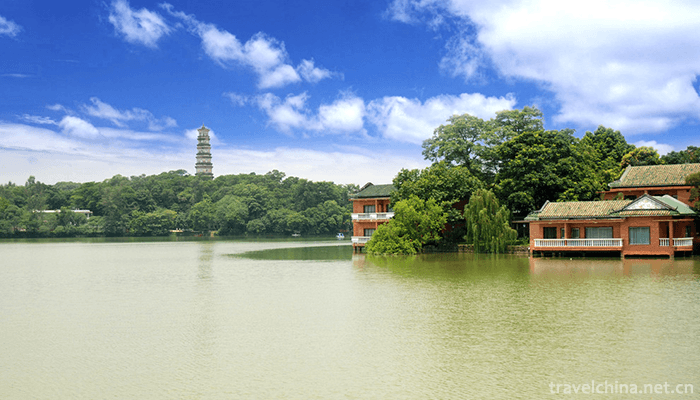
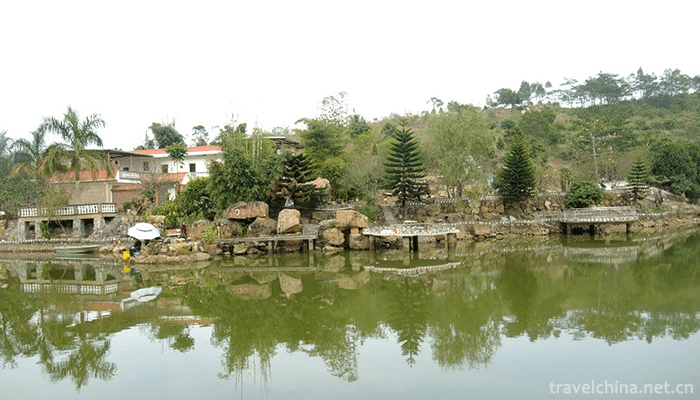
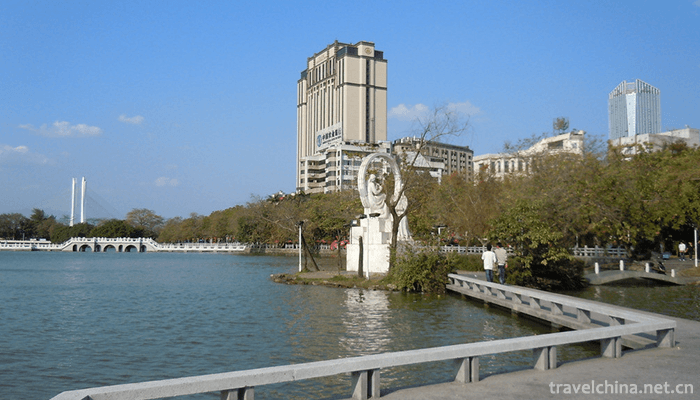
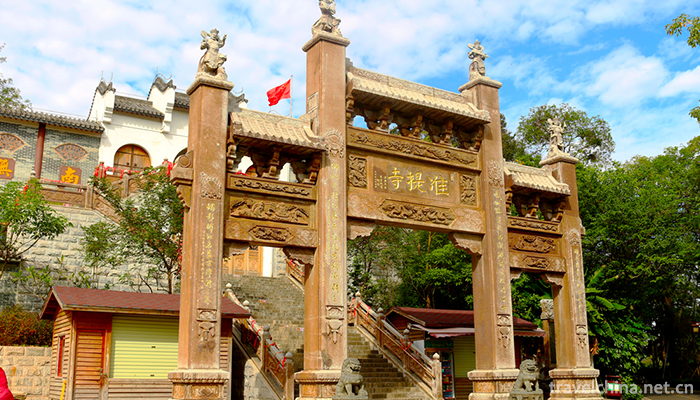
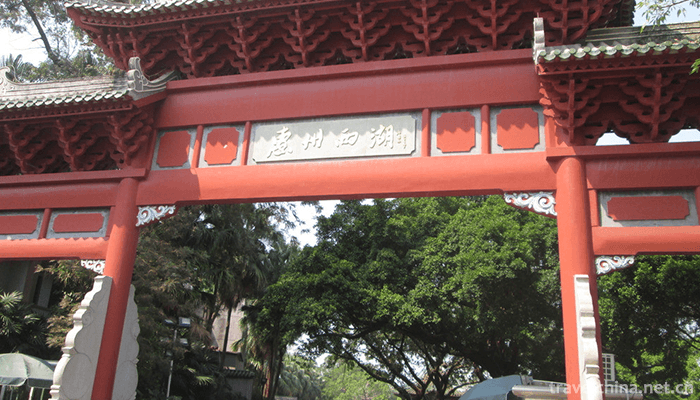
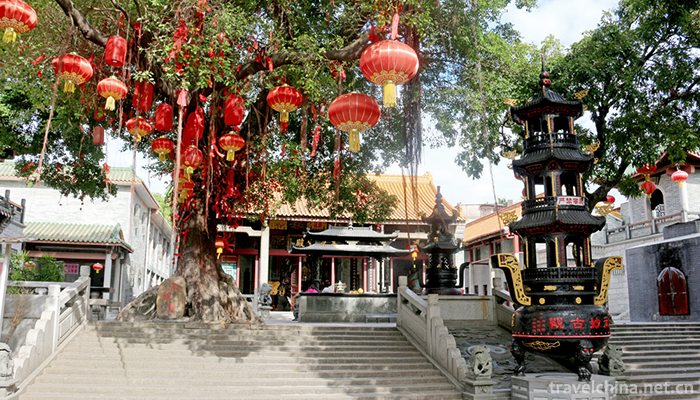
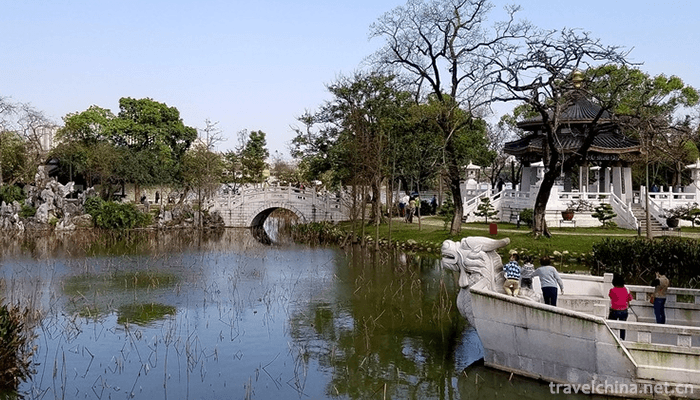
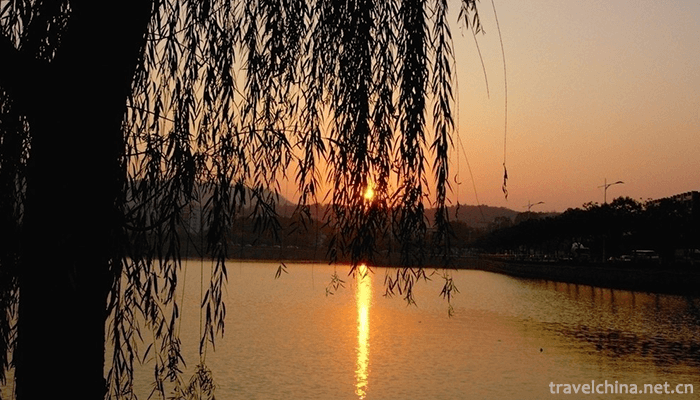
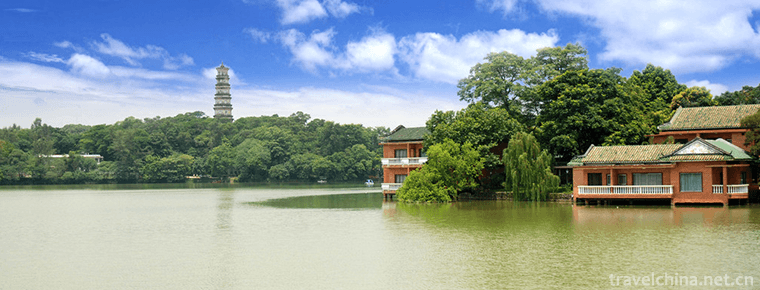
Huizhou West Lake Scenic Spot
-
Longlishi Sea Scenic Area
Located in Shilin Town, Wansheng District, Chongqing, Longlishi Sea Scenic Area is a karst geological park type natural scenic tourist area with a planned area of 4.7 square kilometers and a distance
Views: 240 Time 2019-02-06 -
Saint Sophia Cathedral in Harbin
St. Sophia Church is located in Sophia Square, Daoli District, Harbin City, Heilongjiang Province, China. It is a Byzantine-style Orthodox Church built in 1907
Views: 191 Time 2019-02-08 -
nuo dance
In the traditional Chinese civilization, "Nuo" is a social and cultural phenomenon with strong religious and artistic color, which has a long history and is widely popular in the Han nationa
Views: 174 Time 2019-06-08 -
Pulangorgozi
Pulangorgozi, also known as "fruit harmony", is a kind of self-entertaining dance, which originates from Pulan County and is widely spread in Ali countryside. It is a kind of hand in hand, s
Views: 256 Time 2019-06-09 -
She Nationality Medicine
She medicine is mainly distributed in Jingning She Autonomous County of Zhejiang Province and in some mountainous areas of Fujian and Jiangxi provinces. She nationality has no written language and is
Views: 135 Time 2019-06-14 -
Sichuan ballad singing
Sichuan Qingyin, formerly known as Pipa and Yueqin, is one of the traditional operas in Sichuan Province. In the 1930s, Qingyin Song Concerts or Improvement Meetings were set up in Chengdu and Chongqi
Views: 206 Time 2019-06-16 -
Yi Kezhi
Yi Kezhi is a popular oral literature of poetry style among the Yi people. It is the cultural accumulation formed by the Yi people in their long-term production and life, and has a very long history.
Views: 167 Time 2019-07-12 -
Diagnosis of Traditional Chinese Medicine
Diagnosis of traditional Chinese medicine, one of the traditional Chinese medicine, is declared by the Chinese Academy of Traditional Chinese Medicine, one of the national intangible cultural heritage
Views: 334 Time 2019-08-10 -
Beijing Information Science And Technology University
Beijing Information Science and Technology University (Beijing Information Science and Technology University), located in Beijing City, is a city with a coordinated development of engineering, managem
Views: 172 Time 2019-09-21 -
Fangshan Luzhou
Luzhou Fangshan is a famous mountain in Sichuan. There are Emei Bantang, xiaozhongnanshan, xiaoemei, Yunfeng, etc. It is composed of 99 peaks, which are square from all sides, and are extremely magnificent.
Views: 115 Time 2020-10-16 -
Furong mountain
Furong mountain in Sichuan Province is a snow mountain, stretching for hundreds of miles. Furong mountain scenic area is composed of Furong mountain, Shunan hot spring, hanging coffin
Views: 137 Time 2020-10-16 -
Lingshan Temple
Lingshan temple is located in Mianning County, Liangshan Prefecture, Sichuan Province. It is 8 km away from Mianning County. It is the most famous temple in Liangshan Prefecture. It belongs to Mianning County as well as Xichang Satellite Launch Center.
Views: 184 Time 2020-10-16
